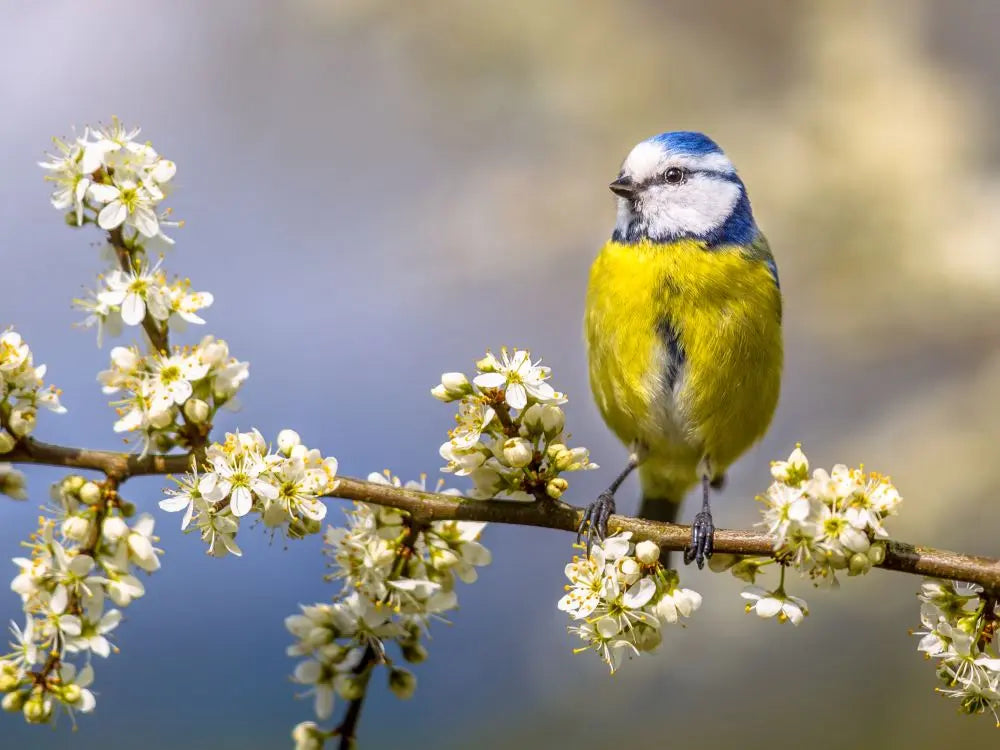From £6.99

Creating a Wildlife Oasis: Transform Your UK Garden into a Biodiversity Haven
Transforming your garden into a wildlife-friendly space is a rewarding endeavour that not only enhances the beauty of your outdoor area but also supports local biodiversity. In the UK, where gardens play a vital role in sustaining wildlife, creating a haven for birds, bees, and other creatures is both an enjoyable and environmentally significant activity. This guide provides practical tips and tools to help you develop a thriving wildlife-friendly garden.
1. Understanding the Value of a Wildlife Garden
Creating a garden that welcomes wildlife is about more than just aesthetics. Wildlife gardens support ecosystems by providing habitats and food sources for various species. By attracting birds, pollinators like bees, and small mammals, you contribute to the ecological balance and help counter the decline in biodiversity.
2. Selecting Bird Feeders and Birdhouses
Birds are a delightful addition to any garden, and selecting the right bird feeders and birdhouses is essential to attract them. Opt for feeders that cater to different species—seed feeders, suet feeders, and Peanut Feeders can attract everything from sparrows to finches and blue tits Ensure birdhouses are placed at the correct height and are the right size for the birds you wish to attract.
3. Planting Bee-Friendly Plants
Bees are crucial pollinators that help maintain garden health. Incorporate bee-friendly plants such as lavender, foxgloves, and wildflowers that bloom at different times of the year to provide a continuous nectar source. Avoid pesticides and opt for organic gardening practices to ensure a safe environment for these essential insects.
4. Installing Key Wildlife Accessories
Install items like water features or ponds to attract amphibians and insects. Log piles and rockeries can serve as shelters for hedgehogs and beneficial insects. By providing varied habitats, you cater to the needs of different species, helping them thrive in your garden.
5. Enhancing Garden Biodiversity
Diversifying plant life is key to supporting a range of wildlife. Native plants are particularly beneficial as they are suited to the local climate and soil, requiring less maintenance and providing vital resources for native fauna. Consider adding shrubs and hedges which offer nesting sites and protection for birds and small animals.
6. Sustainable Gardening Practices
Adopt sustainable practices to maintain a healthy garden ecosystem. Composting garden waste helps enrich the soil naturally, while rainwater harvesting reduces reliance on municipal water supplies. Minimize the use of chemicals by implementing natural pest control methods, such as encouraging ladybirds and lacewings to combat aphid infestations.
7. Educational Opportunities
Creating a wildlife-friendly garden is perfect for educational engagement. Encourage children and community members to participate in gardening activities, fostering an appreciation for nature and wildlife conservation. Setting up informational signage about the various plants and wildlife in your garden can also enhance educational value.
Conclusion
Creating a wildlife-friendly garden in the UK not only beautifies your outdoor space but plays a crucial role in supporting local wildlife and biodiversity. By selecting appropriate feeders, planting bee-friendly flora, and incorporating sustainable practices, you can enjoy a vibrant garden teeming with life. In doing so, you contribute positively to the environment while experiencing the joy of connecting with nature.
